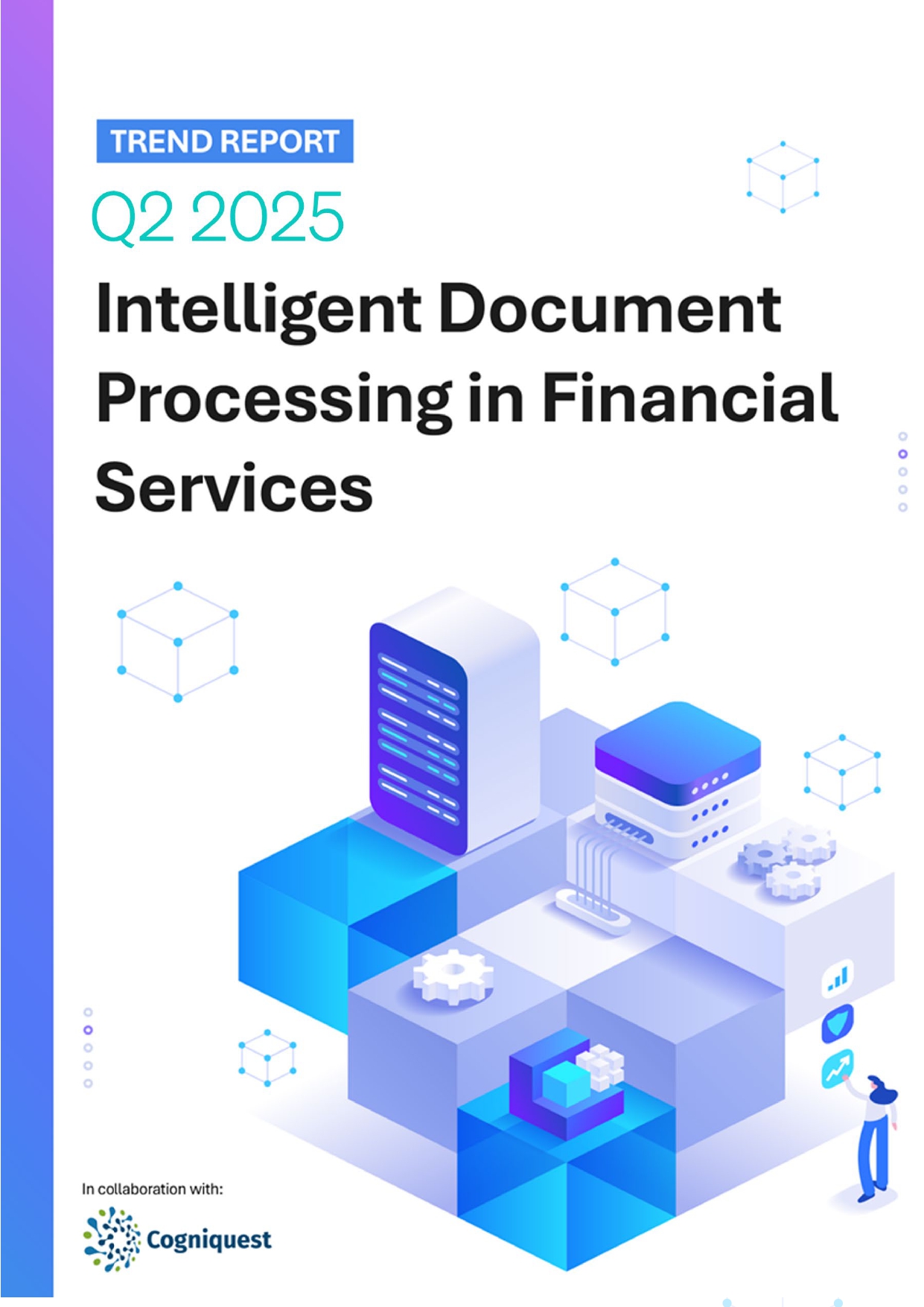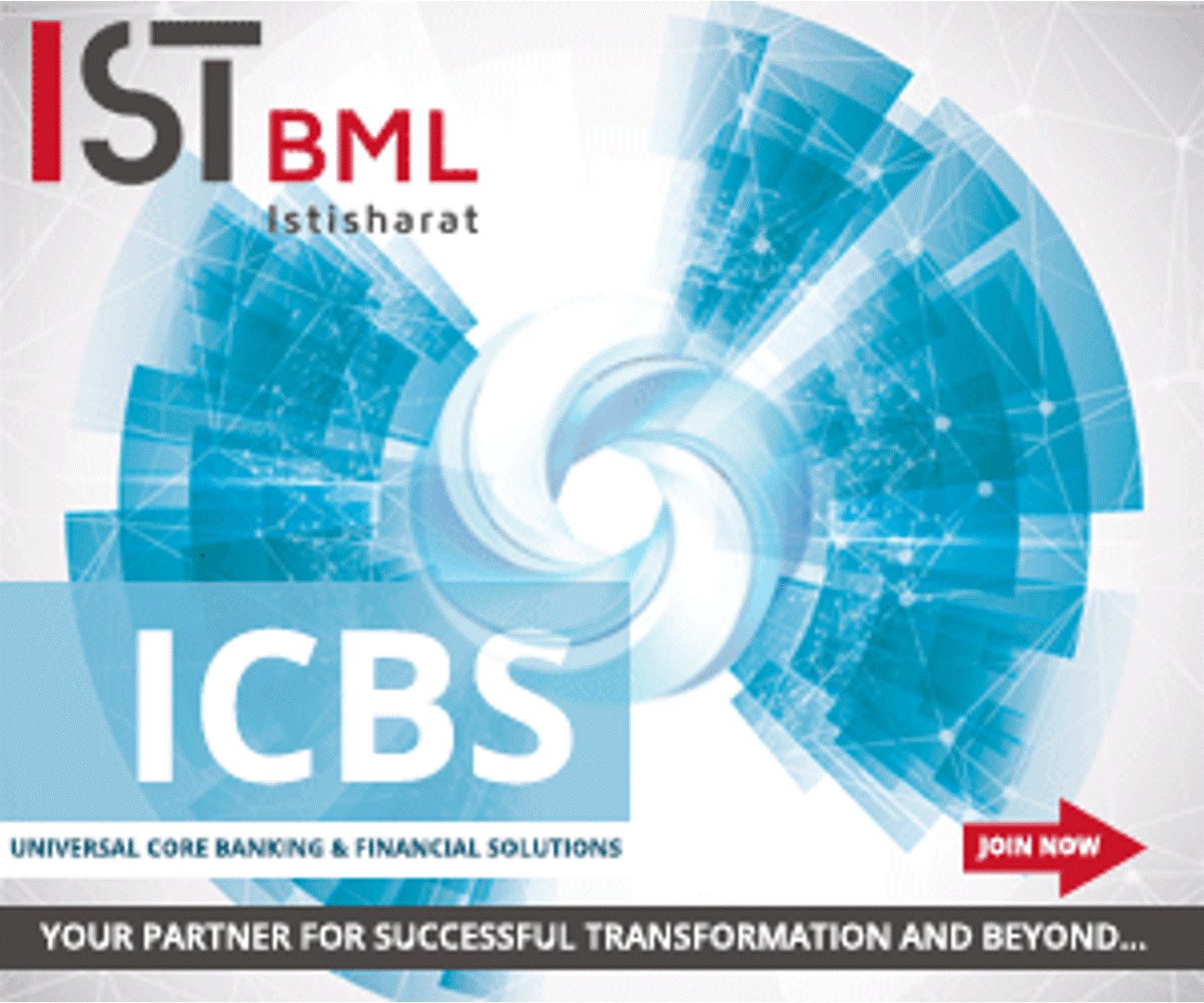 Back
Back
Across 100 countries, central banks are exploring CBDCs
By Puja Sharma
 The Central Bank of Turkey (CBT) has tested the digital Lira. Like many central banks around the world, the CBT is exploring if it could issue a central digital currency as part of the Digital Turkish Lira Project.
The Central Bank of Turkey (CBT) has tested the digital Lira. Like many central banks around the world, the CBT is exploring if it could issue a central digital currency as part of the Digital Turkish Lira Project.
In the project’s latest development, the CBT announced that it has conducted the first payment transaction on the Digital Turkish Lira Network. The transaction was executed successfully under the leadership of the Central Bank of the Republic of Türkiye (CBRT).
Today, money is no longer a piece of paper or a coin. The world is becoming increasingly digital – and a growing number of central banks are considering issuing their own digital currencies. As part of the project, the Reserve Bank of Australia intends to explore whether the introduction of a CBDC could be beneficial to the economy. Among the project’s goals is to explore ways to offer homes and businesses innovative and value-added ways to make payments and transfer funds using Australia’s central bank’s digital currency.
How do central bank digital currencies work?
According to the world Economic forum, Digital currency is simply electronic, rather than physical, money. Central bank digital currencies are digital versions of a country’s physical currency – for example, a digital dollar, euro, pound or yuan.
This means “£10 of a UK digital currency would always be worth the same as a £10 note,” explains the Bank of England in the United Kingdom. The central banks issuing and managing these digital currencies are national financial authorities that oversee a country’s currency, supply of money, and monetary policy – like setting interest rates, which change the cost of borrowing.
Is digital currency issued by central banks safe?
According to the European Central Bank (ECB), central bank money is a risk-free form of money that is guaranteed by the state by mid-decade.
The Bank of England explains that CBDCs – because they’re pegged to a country’s national currency – don’t have the volatility of privately issued digital currencies like Bitcoin, Ether (Ethereum), and XRP.
America’s central bank, the Federal Reserve, says that if it introduced a CBDC, it would be “the safest digital asset available to the general public, with no associated credit or liquidity risk”. A growing number of central banks, like the European Central Bank, are exploring central bank digital currencies. People are using cash less, and could use a CBDC to pay for things digitally, the Bank of England says.
They can hold the digital currency either in an account with the central bank, or as electronic tokens, the World Economic Forum explains in its Central Bank Digital Currency Policy‐Maker Toolkit. The electronic tokens could be held on mobile devices, prepaid cards, or other forms of digital wallets.
Businesses and other financial institutions, like high-street banks, could also use CBDC. A digital currency would complement, rather than replace, physical cash, according to the ECB.
Is CBDC beneficial to consumers?
ECB officials say people would benefit from the digital euro because it is “fast, easy, and secure.” It would give people more “choices about how to pay” and also increase financial inclusion.
About 1.7 billion adults globally don’t have access to a bank account, according to World Bank data. This is a barrier to reducing poverty. By making money easier and safer to access, central bank digital currencies could potentially improve financial inclusion, says the Atlantic Council, an American think tank.
The resilience of financial systems could also be boosted. If a natural disaster or the failure of a payments company made cash unavailable, aCBDC could provide a backup, the International Monetary Fund says.
Reducing financial crime is another motivator. Cash is essentially untraceable and this helps to facilitate crime. Central bank digital currencies, on the other hand, can improve the transparency of money flows, says the Atlantic Council.
Globally, more than 100 countries have explored CBDCs, according to the Atlantic Council’s Central Bank Digital Currency Tracker.
Ten countries have already launched their digital currency, including Nigeria in Africa and Jamaica in the Caribbean. The Bahamas in the West Indies was the first country in the world to roll out a national central bank digital currency, called the Sand Dollar, in October 2020. China is due to launch a CBDC in 2023. Nineteen countries in the G20 – which represents the world’s largest economies – are exploring central bank digital currencies, including Japan, India, Russia, and South Korea.
As mentioned above, the US and UK are researching CBDCs, but have not yet committed to introducing them. In September 2022, the Swedish, Norwegian and Israeli central banks launched a project with the Bank for International Settlements to test international retail and remittance payments with central bank digital currencies, according to Reuters.
Key Highlights
- Australia’s central bank is trialing a digital currency to explore “innovative ways” for homes and businesses to make payments and transfer funds.
- More than 100 countries, including 19 G20 nations, are now exploring central bank digital currencies (CBDCs)
- CBDCs could improve financial inclusion, say experts, but cybersecurity threats and theft are potential pitfalls
IBSi FinTech Journal

- Most trusted FinTech journal since 1991
- Digital monthly issue
- 60+ pages of research, analysis, interviews, opinions, and rankings
- Global coverage
Other Related News
Related Reports

Sales League Table Report 2025
Know More
Global Digital Banking Vendor & Landscape Report Q2 2025
Know More
NextGen WealthTech: The Trends To Shape The Future Q4 2023
Know More
Intelligent Document Processing in Financial Services Q2 2025
Know More


